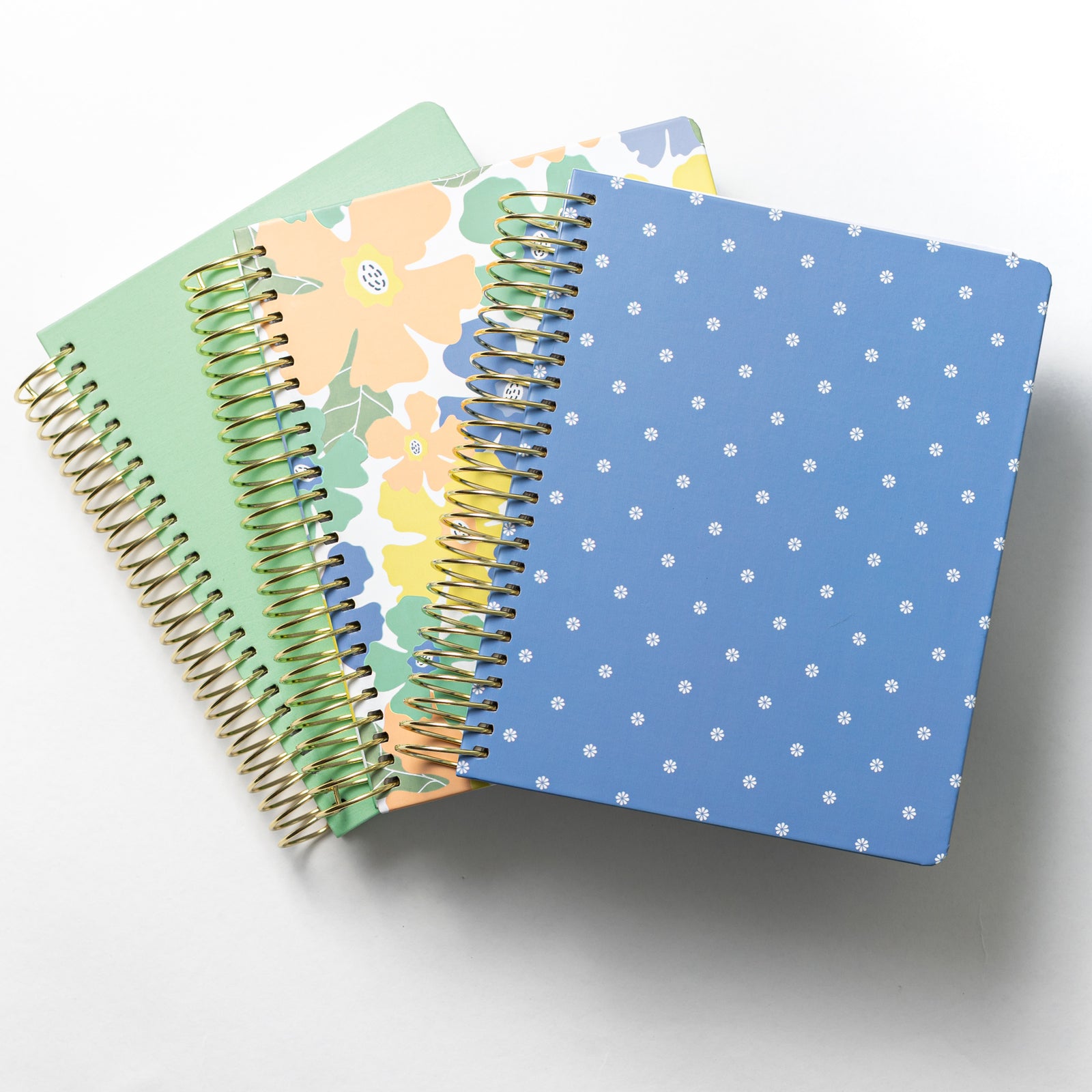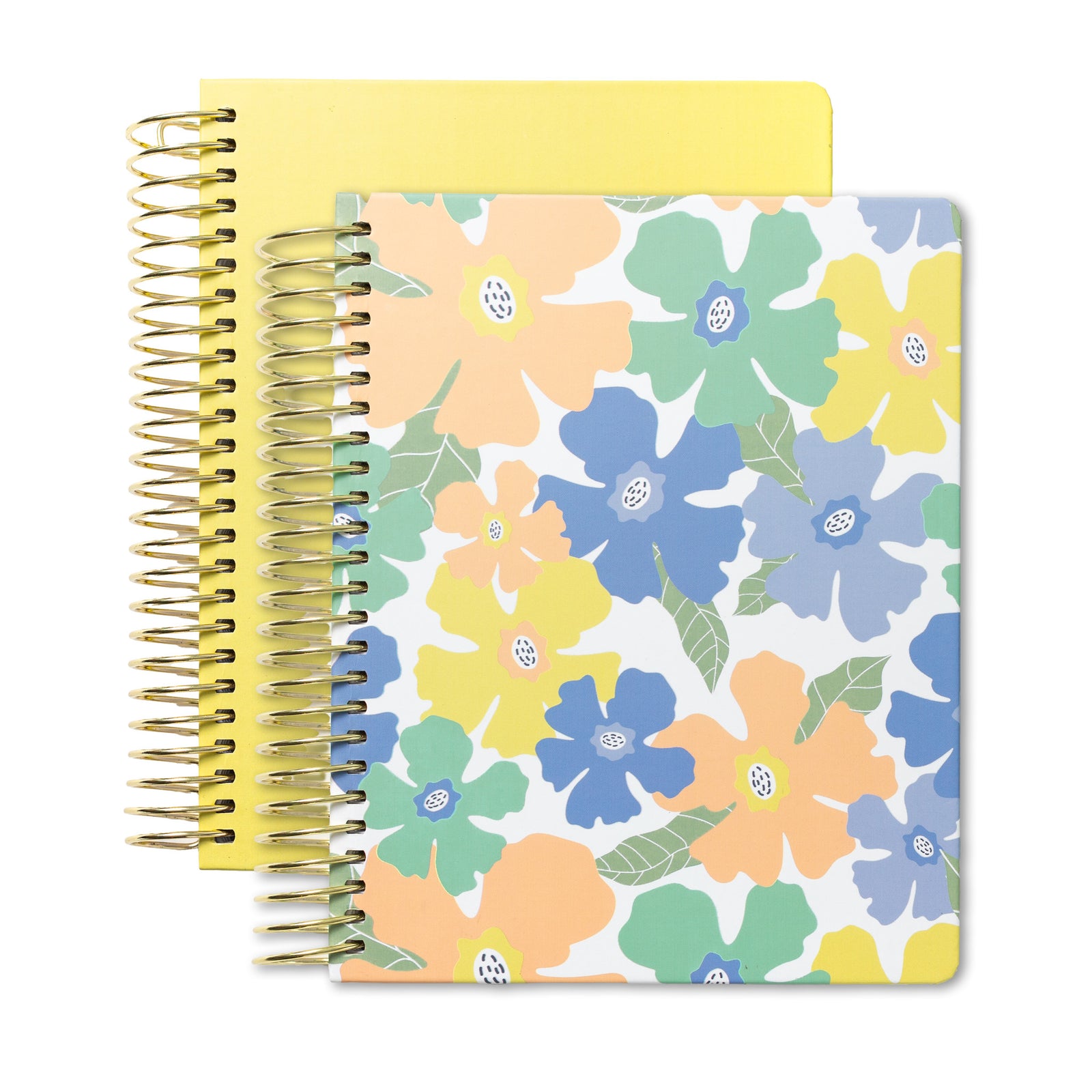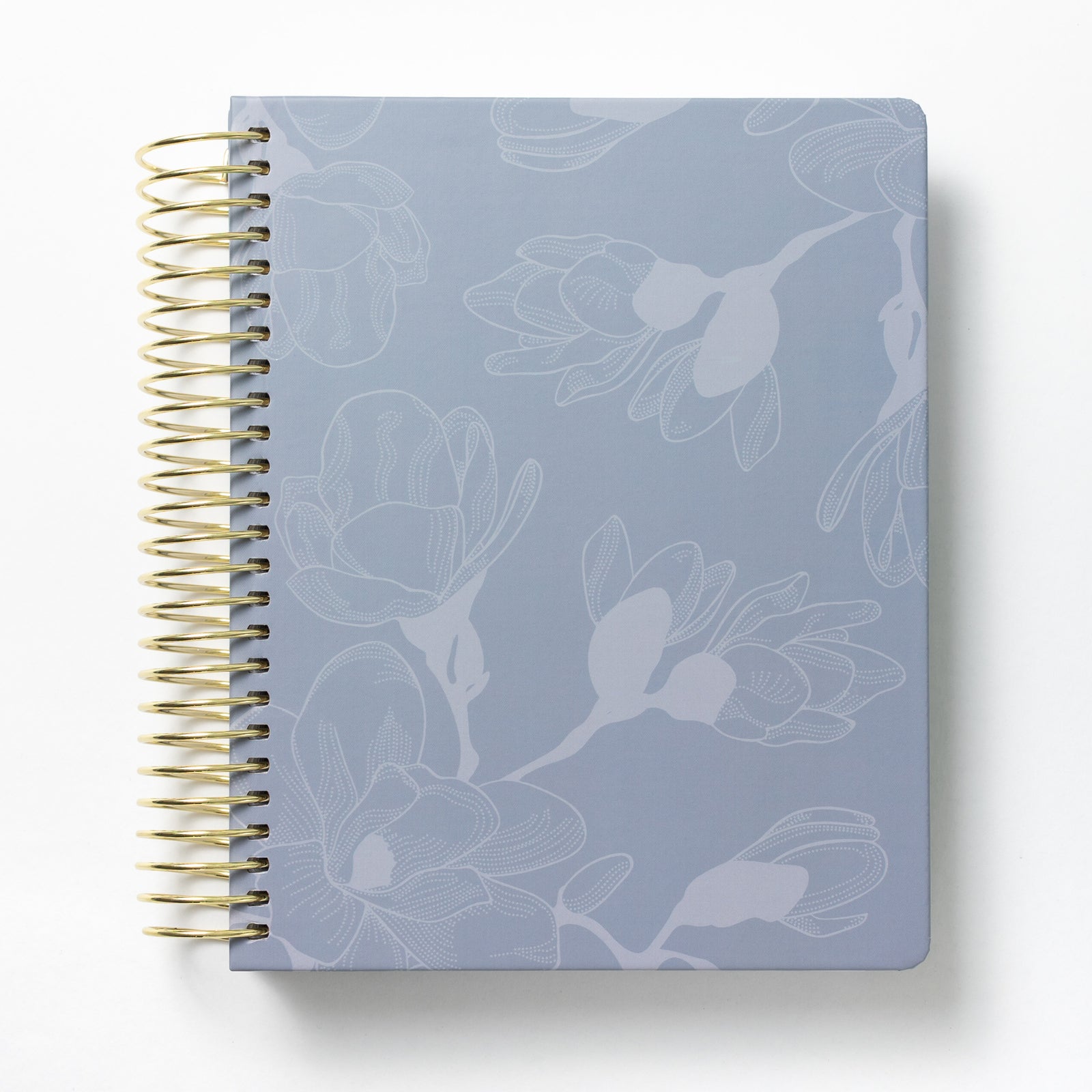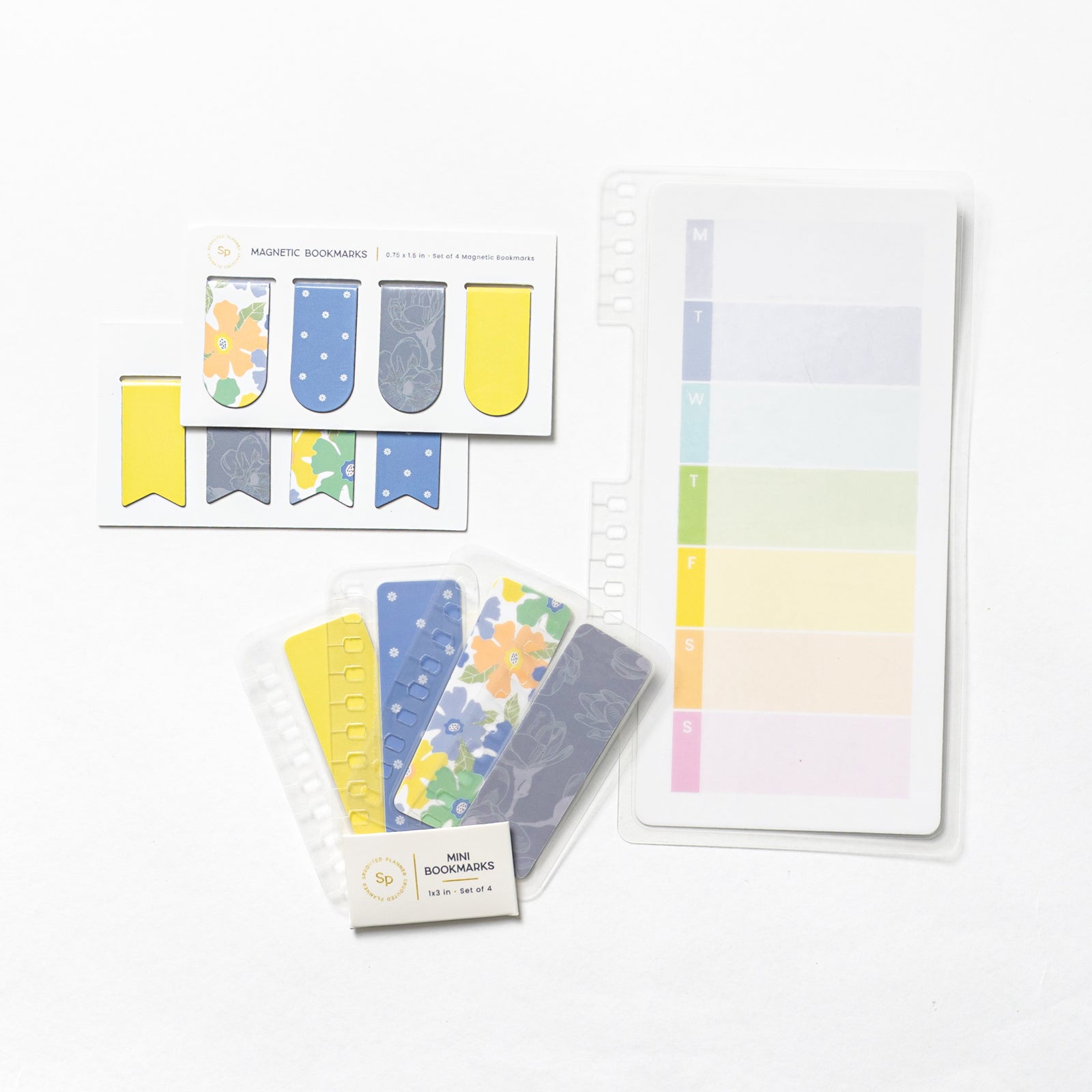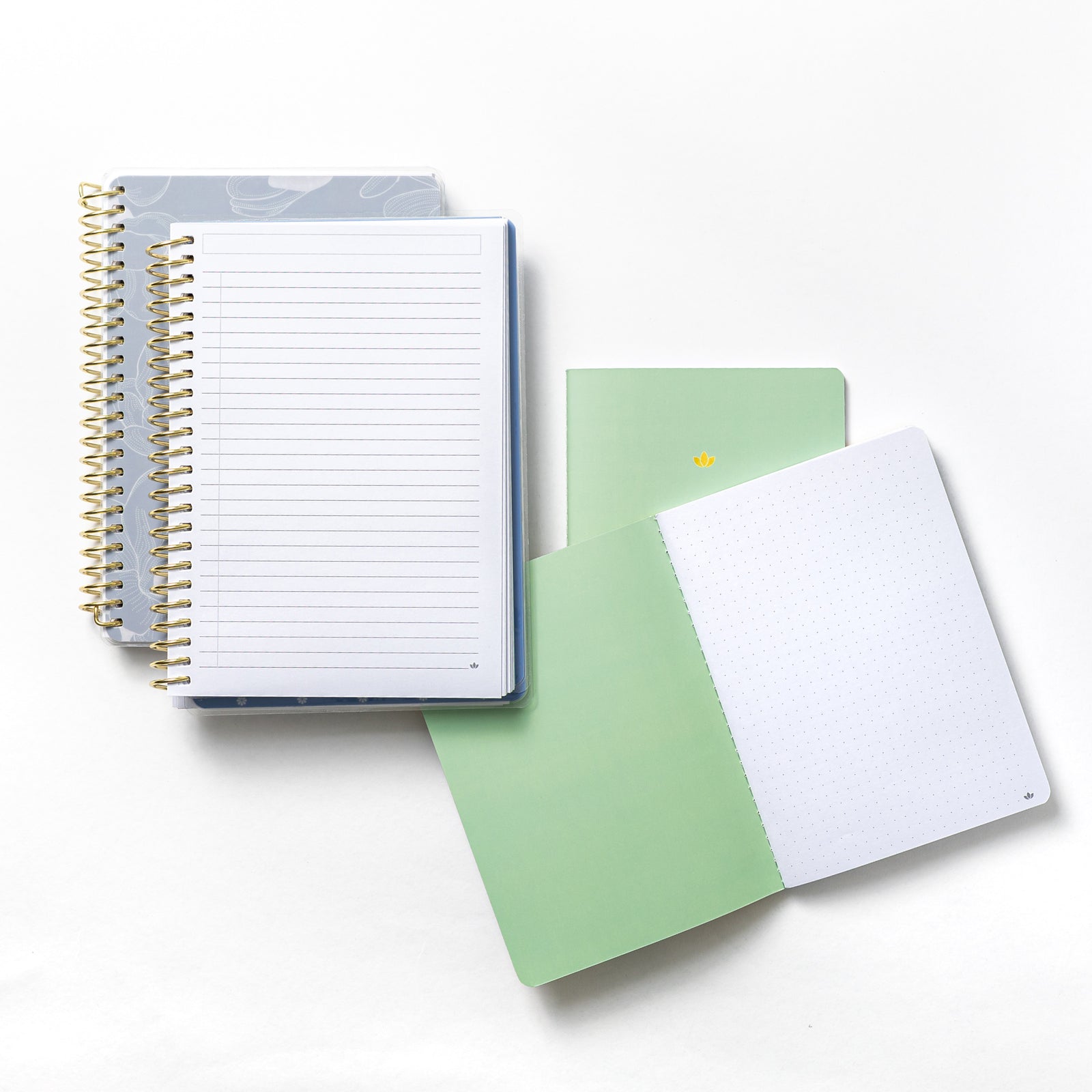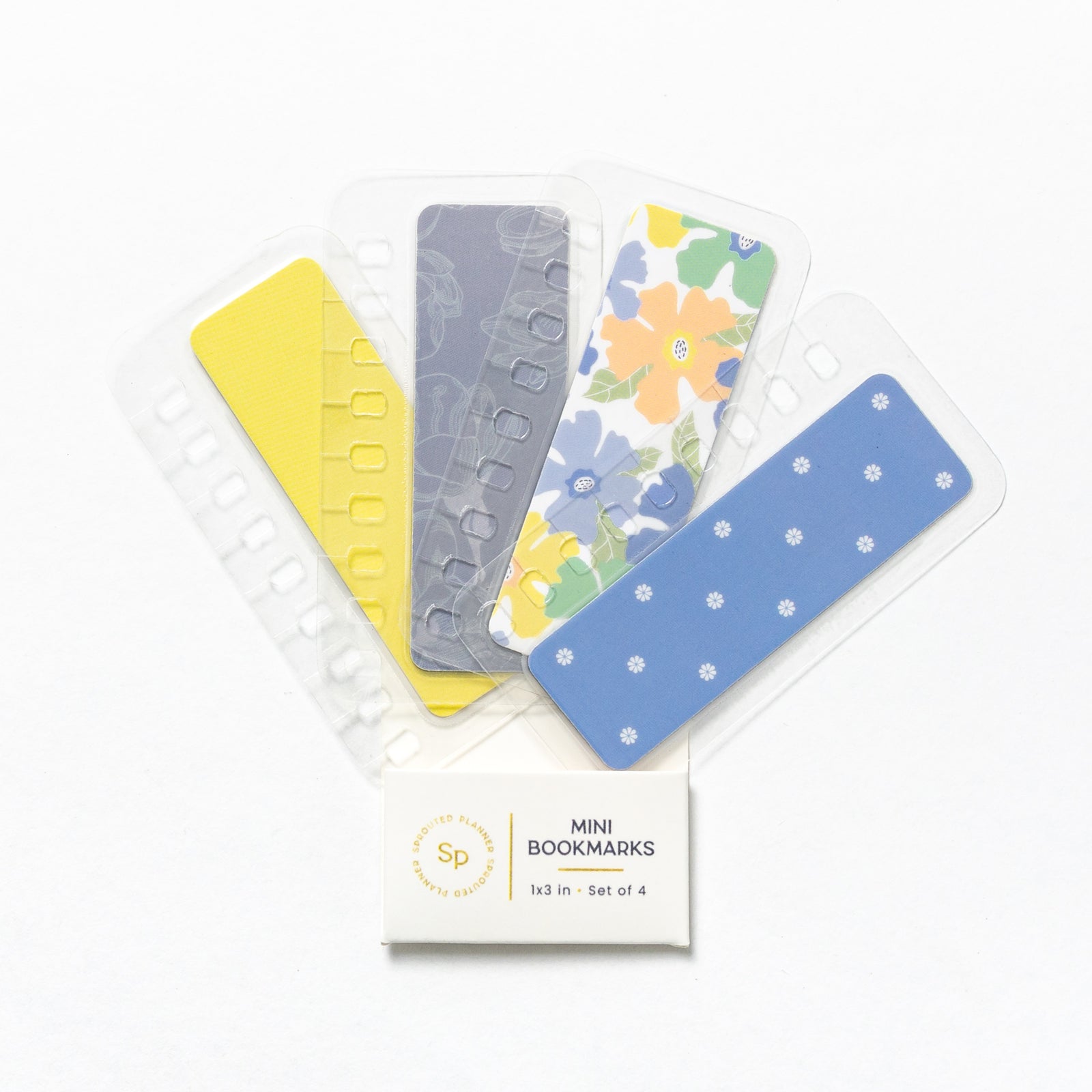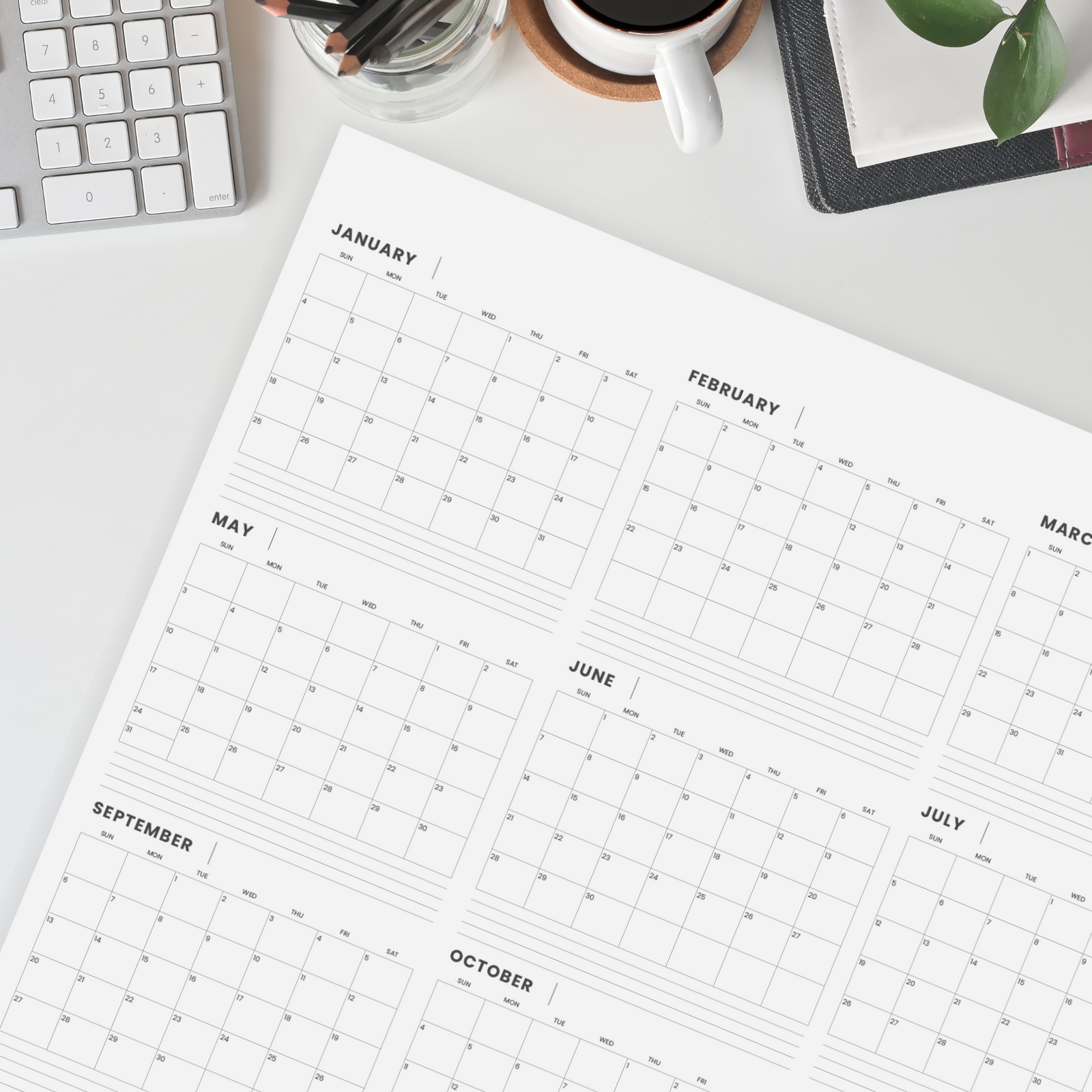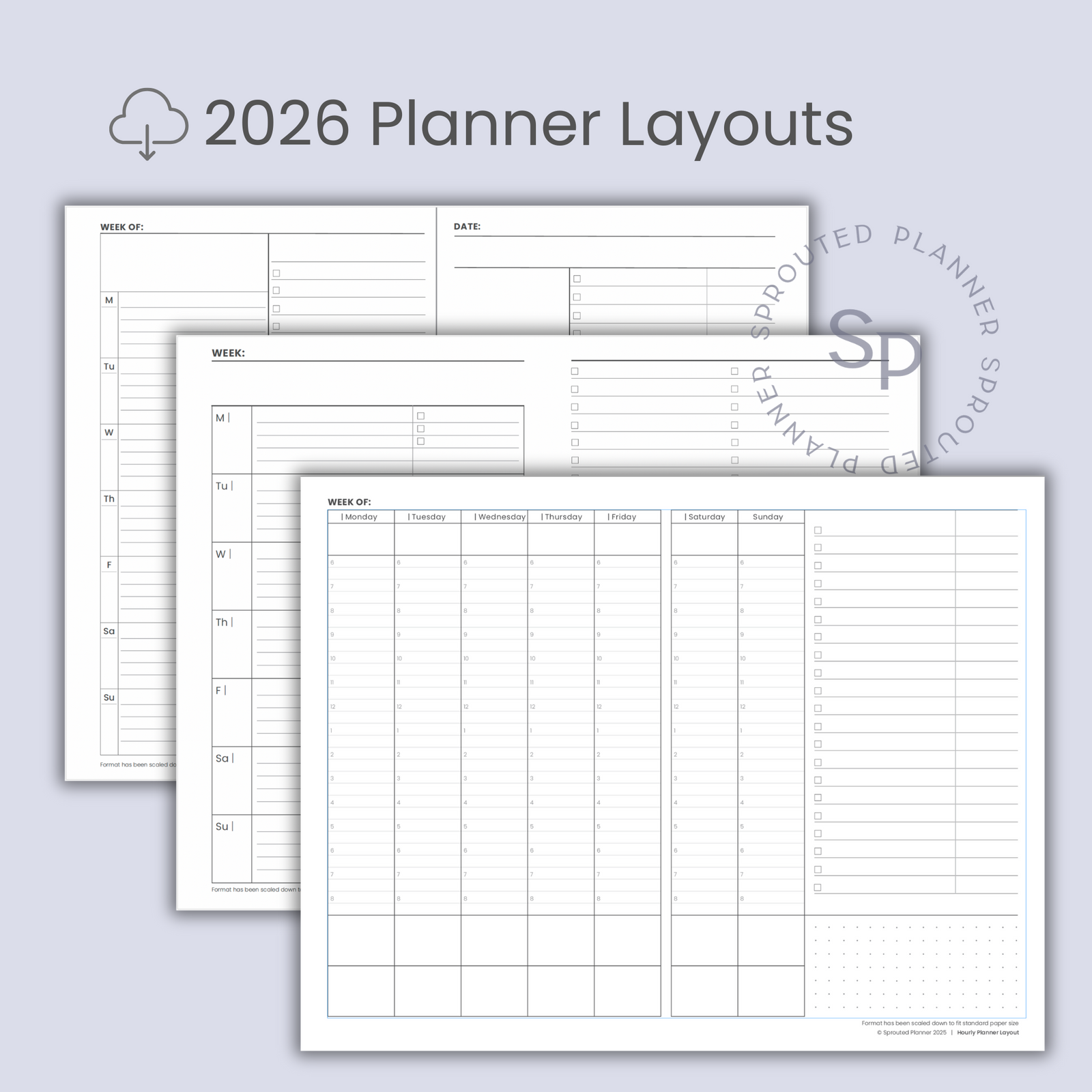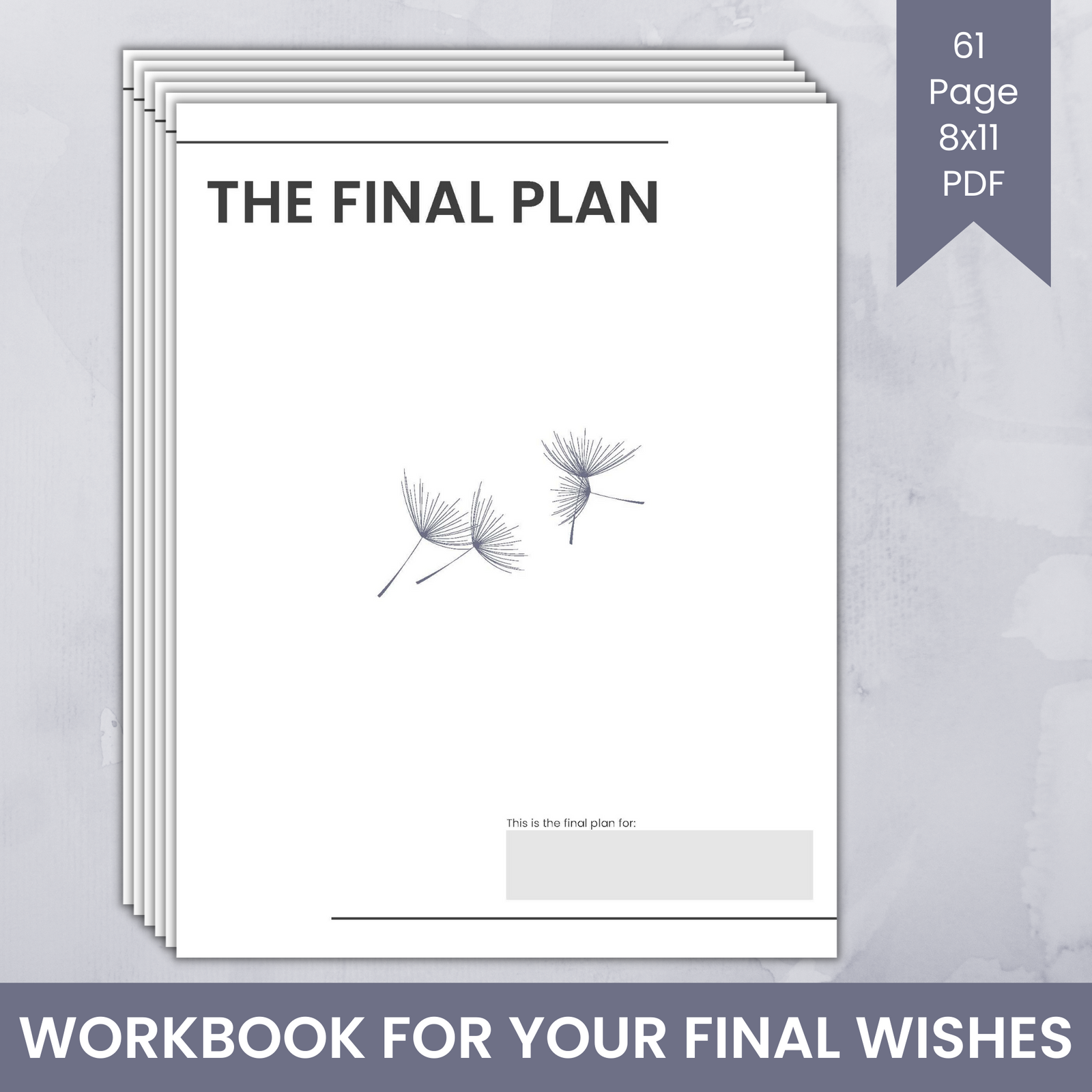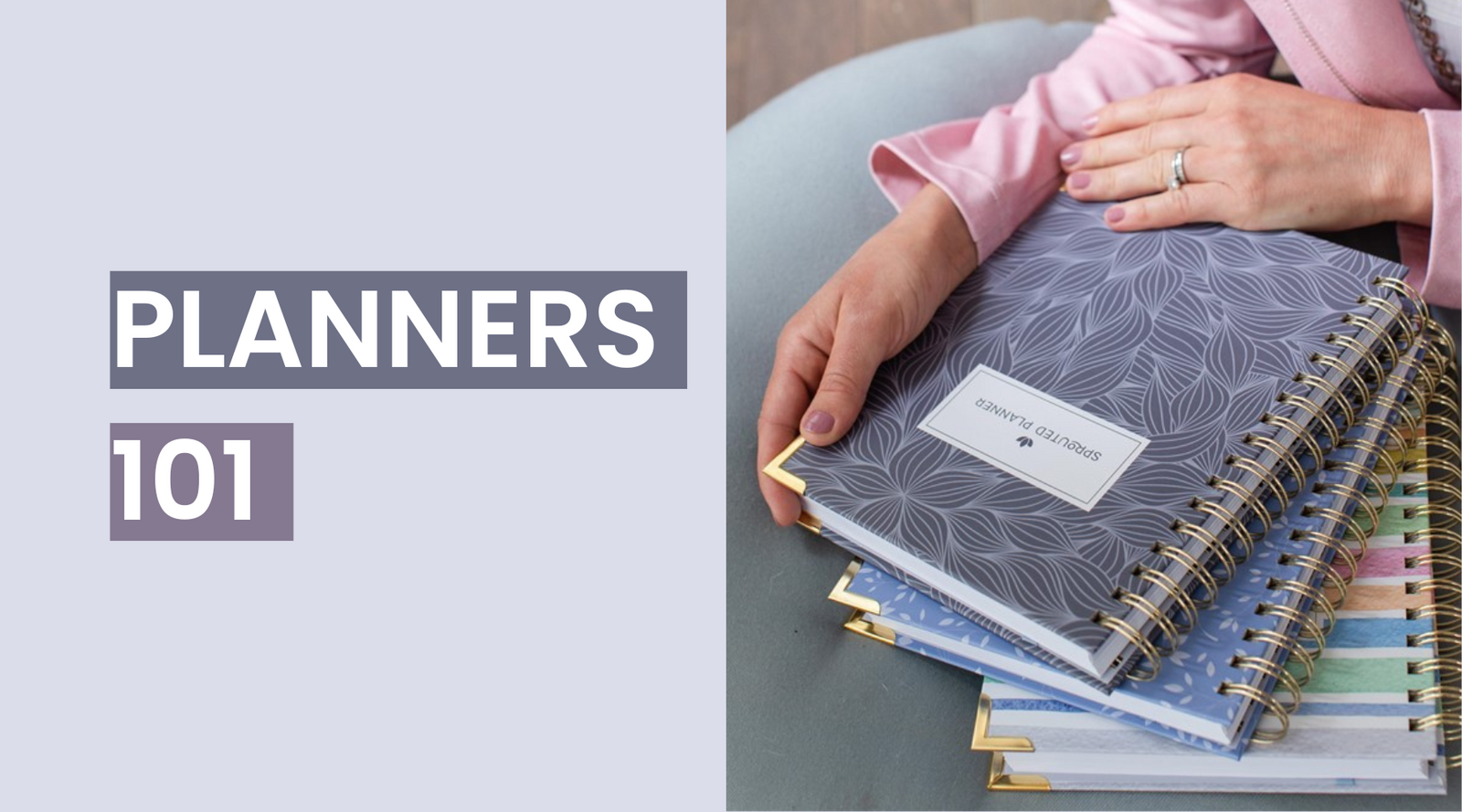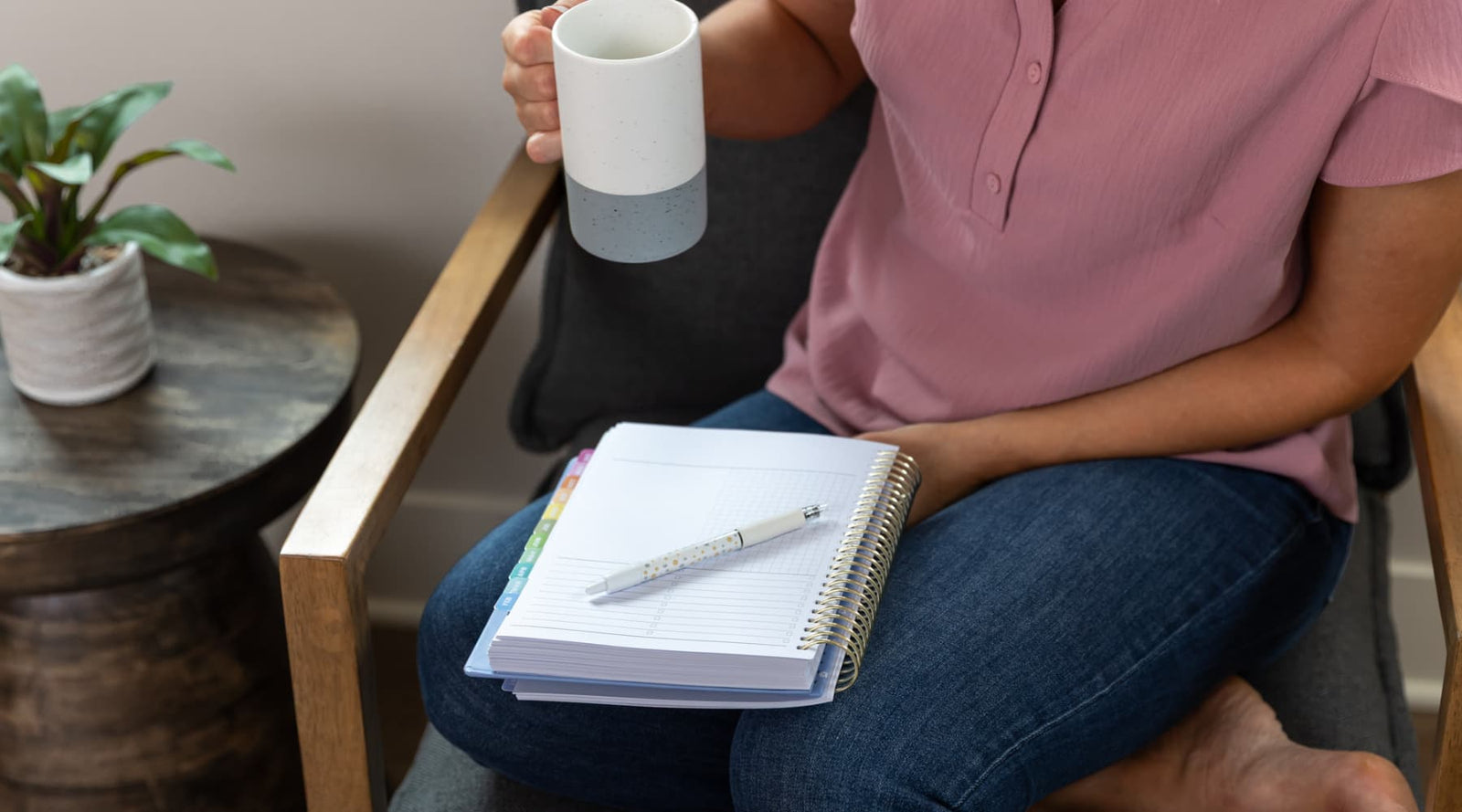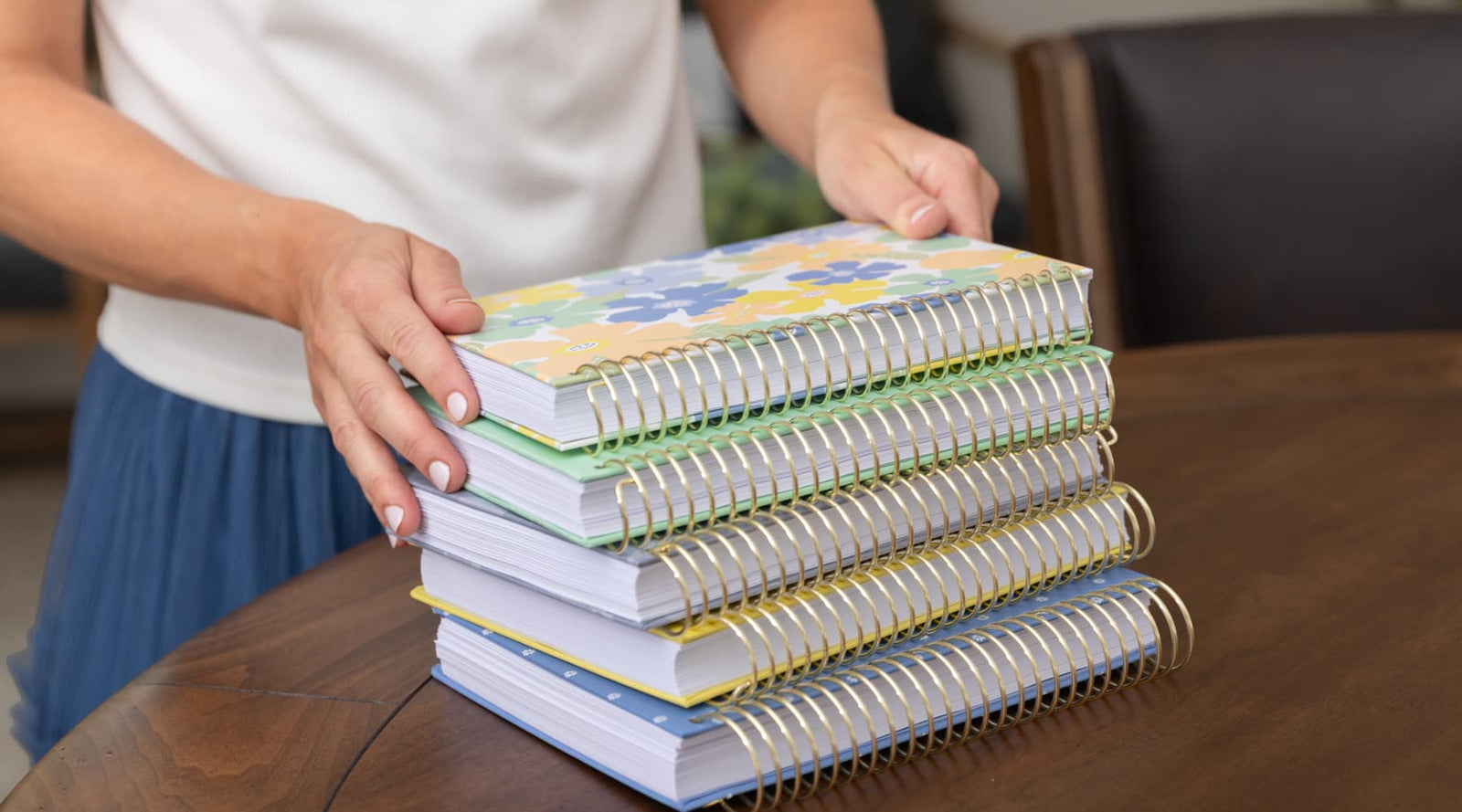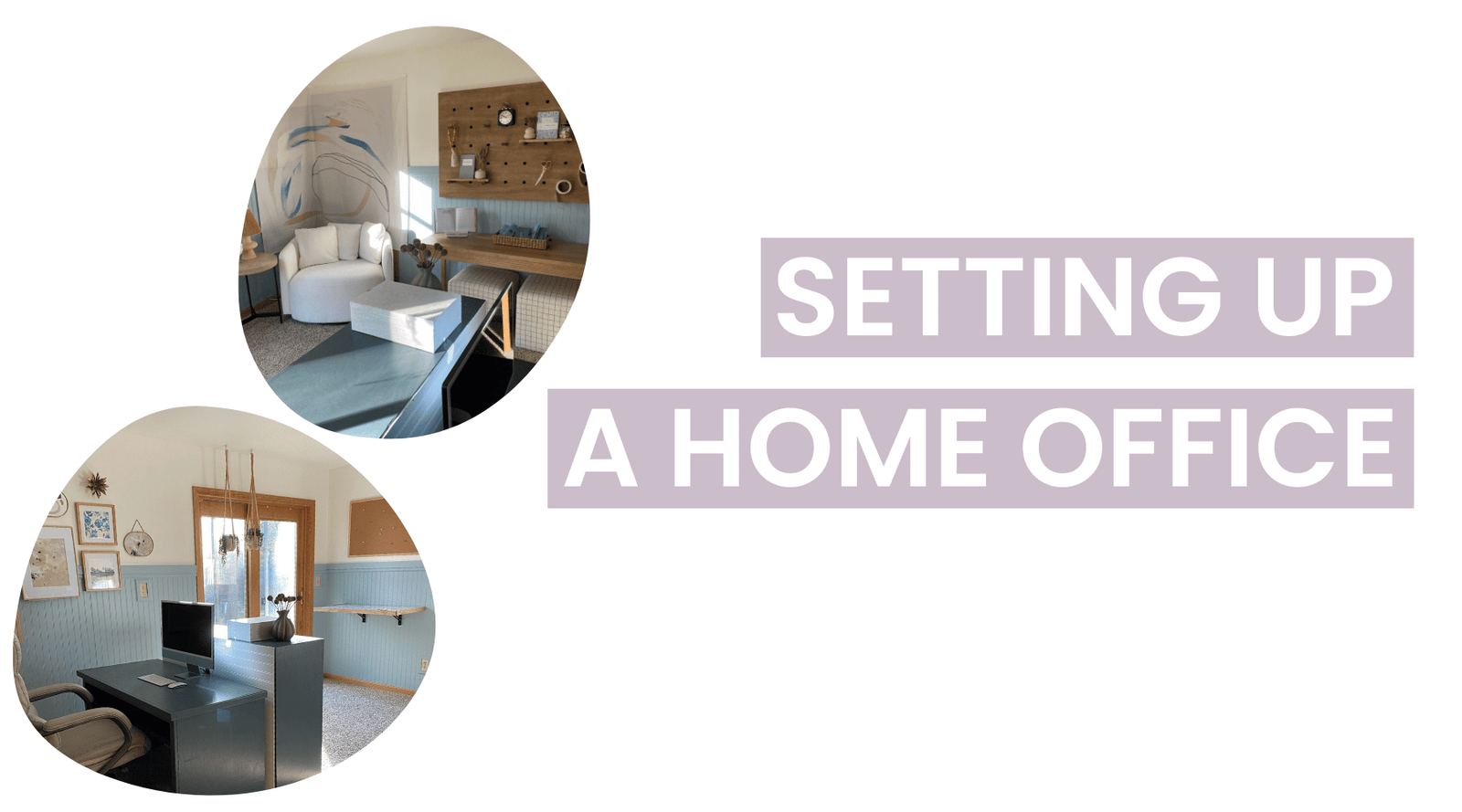Are you new to the world of planners?
Are you looking to expand your knowledge beyond the Target section? Even if you've been a planner fan for a long time, you might learn a thing or two. I never knew how BIG the planner community was until I started researching and creating my own.
Wherever you are on the planner knowledge spectrum, I'm here to give you the 101. After reading this and watching my video, you should have a better understanding of what kind of planner, accessories, and community involvement will work for you.
Let's get started with the basics.
Why do people use a planner?
Typically, people use a planner for a combination of reasons, including:
- To keep track of their schedule, tasks, and to-dos
- To plan for a future outcome (goal setting, projects, etc.)
- As a creative outlet and/or hobby
- To store memories, keepsakes, and/or journal
Personally, I use my planner to keep track of my schedule and to-dos, and also as a place to do a little journaling (in the form of reflecting). Sometimes I get into future outcome planning as well. Recently, I've been incorporating more stickers and color-coding into my planning, so it also utilizes my creative side.
Next I'll cover the construction of a planner, starting with the binding.
Planner Bindings
Planners come in a variety of bindings. Each one has pros and cons to them, and it ultimately comes down to your personal preference. Here are the most popular:
- O-Ring or Spiral Binding
- Book Bound
- Disc Bound
- Ring Bound
O-Rings or Spiral Binding
O-ring and spiral bound planners are held together by metal or plastic rings or spirals that run through holes along one edge of the planner. Often times, especially with o-rings, the covers are hard and sturdy.
These are great for being able to "fold" your planner in half when you want/need to use only one side at a time.
The downside is the binding sometimes getting in the way of writing, especially if the rings/spiral are larger (like on daily planners).
Book Bound
Just like it sounds, there are planners that come bound like books. They can be found with hardcovers, or soft covers. These bindings are compact and tend to look sleek and professional.
With this type of binding, your planner can (usually) lay flat so your writing won't be hindered, and you can use the full planner space.
The downside is not being able to reduce its size by folding it in half. However, with many of the soft covers, you are able to do this, but just not as easily and neatly as an o-ring/spiral bound planner.
Disc Bound
Disc bound planners are similar to its o-ring counterparts, except the pages and its components are punched in a way that you can add and remove them. The discs come as individual circles that hold the planner together through holes punched by a disc-binding punch. Therefore, you can customize your planner with inserts you created yourself, or with custom kits made by others.
There are many die-hard disc bound planner fans out there, specifically because they love the customization ability. I absolutely see the appeal of this.
The downside to this system is cost - especially upfront cost. You will need to buy many of the components, such as a sturdy cover, punch, inserts, and any other accessories you may want. The look (and sometimes quality) of the discs may not appeal to some people as well.
Ring Bound
The ring bound system is basically like a 3-ring binder (typically with 6 rings). You purchase the exterior of the binder, and then customize it with pages designed by others, or print-outs you designed yourself (if you're into that type of thing).
Much like the disc bound planners, this appeals to people who want to customize their planners. You can get fancy exteriors for these as well (think Louis Vuitton, as one example), so fancy folks tend to like these for that reason.
The cons of these planners is again the upfront cost. Another big downside for people is the rings getting in the way of writing. These planner users tend to take out their page to write on it, then put it back in.

Planner Sizes
There is not a perfect size formula or guide for planners. There are more common types of sizes, but every company is different. Before I get into the common sizes, the best way to approach sizing is based on what works best for you.
- Will you be carrying your planner around (to work, meetings, events, etc)?
- Will it largely stay on your desk?
- Do you like a lot of space to write and/or have big handwriting?
You want to consider these things to understand the best planner sizing for you.
Popular planner sizing includes (consider these all "-ish" sizing (like, letter-ish), since even popular sizes vary by millimeters or centimeters from company to company).
- Letter (8 1/2 x 11 inches)
- 7 x 9 inches
- Half letter (commonly known as A5, which is slightly different than a half sheet of letter paper)
- Pocket (4 x 6 inches)
Dated & Undated
You will typically find 3 different planner options in terms of dates:
- Yearly calendar (January - December)
- Academic calendar (August - July or somewhere in that summer - summer range)
- Undated
The benefit of a yearly and academic planner is that you don't have to write the dates in yourself, which can be slightly daunting if you're using your planner on a daily basis.
Folks who use the academic versions tend to be students, parents of students, or teachers/professors.
The benefit of the undated planner is not wasting days or weeks if you don't use your planner on a regular basis. People who like undated calendars tend to go in and out of planning, depending on a season of life they're in, or projects they are doing.
Layouts
Planners typically have 3 different layout options to choose from: Daily, Weekly, or Combination.
Daily Planner
The daily planner layout has one day per page (and often shared weekend pages, due to size). It commonly has hourly timeslots, and space for to-dos.
This layout is good for people who like to focus on one day at a time. The daily planner is also good for people who have busier schedules with many things on their calendar (meetings, calls, activities, etc.). If you like planning out your day by the hour (or half hour), and/or time block, the daily planner may be for you.
Also consider how your brain naturally thinks about your to-dos. Do you typically think about what you want and need to get done within the week? Or do you normally focus on what you need/want to get done within the day? If the later, a daily planner would work well for your planning style.
Weekly Planner
Weekly planners show the entire week on a spread (the two pages of an open planner). Commonly, the area for the day is an open layout that does not include times slots. There tends to be dedicated space(s) for to-dos and other focuses as well.
Weekly planners are good for people whose minds think and plan for the week versus each day. If you like to list what you want to get done in the week and have flexibility of when you do them, weekly planner layouts are great for this. Many planner users who have a digital calendar (gmail, Outlook, iCal, their phone calendar, etc.), tend to use a weekly paper planner since they don't need to be as detailed about their day.
Something to note, most weekly planners start the week on a Monday.
Hourly
The hourly layout tends to look like a weekly layout (with all the days listed on the spread) but each day has full time slots listed. This is the best of both worlds - a combination of daily and weekly layouts. The downside to this layout is having less space for to-dos and other spaces you may want, since having the timeslots takes up a lot of space.
This layout is good for people who like seeing their week as a whole, but also want or need to plan their days by the hour.
Themes
Gone are the days of planner options only being a basic monthly calendar and basic space for your day or week. There are still plenty of planners out there like this (functional), but there are many more with specific themes and plenty of bells and whistles. Here are some themed planners you'll find:
- All encompassing (Goal setting, gratitude tracker, habit tracker, meal planning, budgeting, time management, priorities, etc.)
- Functional
- Goal setting
- Budgeting
- House keeping
- Faith
- Passions
- Business
- Meals
...and many more. Basically, there's a planner out there for almost every theme you can think of, or some sort of combination.
Believe it or not, plenty of planner people have multiple planners for this reason. Personally, I use my Sprouted Planner to keep track of my schedule, to-dos, etc., but I also have a dedicated budgeting planner to map out and track my personal finances.
Where to Buy
There is not a lack of places where you can buy a planner. Here is where you will most commonly find them.
- Big box stores (Target, Walmart, Staples, Michaels, JoAnn Fabrics, etc.)
- Directly through the company website
- Etsy
- Amazon
- Boutique shops
A note about some of the big box stores (and sometimes Amazon). These planners are beautiful and have many options to choose from. They also need to keep within a certain price point that fits within the retailer's expectations and needs. Therefore, the materials that are used in making these planners need to fit within a price point where the seller still makes a profit. Often times the paper quality of these planners isn't the best, so popular pens may bleed through the thinner pages.
Before I move onto accessories, I want quickly tell you about Sprouted Planner.
Sprouted Planner
If you haven't caught on yet, I have my own line of planners. As a quick overview, let me know tell you about them. You can also read the WHY behind them here.
Sprouted Planner is a functional planner that is rooted in intention, reflection, and simplicity. There is room to add your intentions and reflections on a daily or weekly basis, and there are guided monthly reflection questions. I truly believe in intention setting before goal setting. I also believe in reflecting as a way to slow down and recognize the life you just lived, and also help you be even more intentional about how you want to live moving forward.
With that said, all the boxes and spaces are left unlabeled on purpose so you can use it however it works best for you. It has minimal aesthetic and a simple design to not overwhelm you and allows you to add your own design style, if you want. It’s also created that way to meet you in whatever season you’re in and not add to your overwhelm, even the hardest of seasons.
You can learn more about Sprouted Planner directly through the website.
Planner Accessories
Let me start out by saying that you do not need all the fancy planner accessories to use a planner. You need a planner and any sort of writing device. Heck, you could get by with a piece of paper for starters.
So my first point is, START SIMPLE.
Until you get the hang of what your planning style is, use what you have. You don’t need all the fancy stickers, pens, highlighters, and post-its. You can add those as you get more comfortable using your planner. Or if you end up being a functional planner like me, you’ll minimally use those things anyway.
Decide how you want to use your planner
Like what I listed above, are you trying to just keep track of your schedule and to-dos? Are you future planning/goal setting/habit tracking? If you’re not sure, start with your schedule and to-dos and do that for a few weeks. If you’re itching to add self improvement, add that for a few weeks.
If you want to take it to the next level, start exploring and slowing adding in some other accessories:
- Pens
- Highlighters
- Stickers
- Washi tape
- Stamps
Inspiration
If you're feeling stuck in your planning, or simply want some motivation and inspiration, there are plenty of places to find it. Start by following Sprouted Planner on Instagramor Facebook. I post my weekly spread every Monday.
In my opinion, Instagram and Youtube are the best places to search for inspiration.
Search #planwithme and start following accounts whose planners inspire you and fill you with joy.
YouTube
Search "Plan with me" and subscribe to the accounts who you relate and love the most.
Pocasts
There are a handful (and counting) of podcasts devoted to planners and planning in general. My favorite one right now is Best Laid Plans. The host (Sarah Hart-Unger) is incredibly knowledgeable, great at planning, and features planner reviews, guests, Q & A, and lets us know how she plans.
Community
Believe it or not, there is a large community of planners.
Your best bet in finding a planner community is through Facebook. There tends to be general communities (like "Planners Gone Wild") and specific communities around specific planners (like the "Simplified Planner Fans" on Facebook).
Local Communities
You can even find a local-ish planner community, where many host meet-ups to plan together. The local groups are typically "housed" on Facebook as well, and meet-ups are planned through there (outside of COVID times, of course).
Events & Conferences
There are a couple big events (that I know of) that are hosted once a year in different locations. I've never been to one but they sound fun and full of swag. I'm a bit intimated, to be honest. Planners Gone Wild is a big one.
Whew, you didn't know the planning world was so big, did you?
Before you feel completely overwhelmed by all this information, remember: START SMALL and with what you have. Start with your schedule & to-dos for a few weeks, then add on (OR DON’T) as to what feels right to you. Slowly keep adding until you’re happy.
Your planning style and lifestyle in general will evolve as the years go on.
If you haven't already, you’re now ready to buy a planner and start planning. If you are loving the look and vibe of my Sprouted Planner, hop on over to my website: Sproutedplanner.com
Happy Planning!


